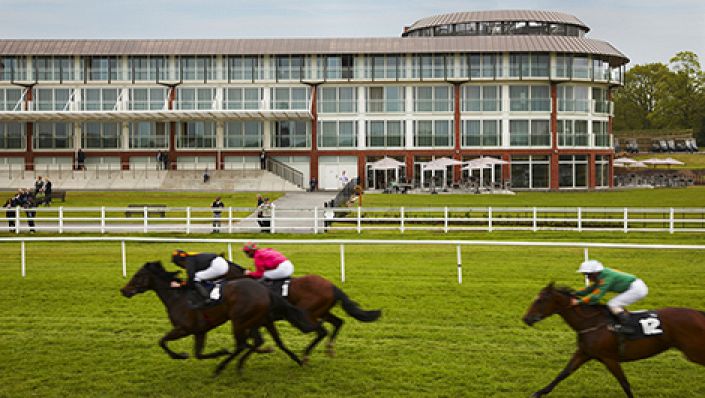2nd Sep 2013 | Horse Racing
Lingfield Turf Draw Bias: 5 Furlongs

Analysis into the draw bias at the five furlong track at Lingfield
Track: Lingfield Flat Turf
Distance: 5 Furlongs
Stalls: High
Summary: Lingfield has one of the biggest draw biases in the country. A high draw, against the stand’s rail is a big advantage.
On Lingfield’s straight course the stalls are usually positioned against the stand’s rail.
To overcome this problem we have called the highest stall (nearest the stand’s rail) stall ‘0’. From there we work across the track from highest to lowest. The bigger the minus number, the further away you are from the stand’s rail. e.g in a 10-runner race, stall 10 is against the stand’s rail and denoted as stall ‘0’.
Moving Average: Actual v Expected wins (2003 to 2012)
Graph depicts number of actual wins above or below expected number of wins, when taking into account bookmaker margin. E.g. If a horse raced 10 times from stall one, each time with an SP of 9/1, you would expect 1 winner and the difference between actual & expected wins = 0
To get around the problem of a small sample size, I have used a moving average. This groups together adjacent stalls (two either side) as a block.
Conclusion: A high draw is a big advantage, with only the four stalls nearest the stand’s running rail registering a positive A/E. The wider the draw the worse your chances.
Odds correct at time of publishing: 11:39 2nd Sep, 2013 but subject to change


